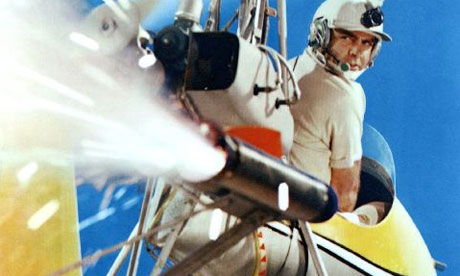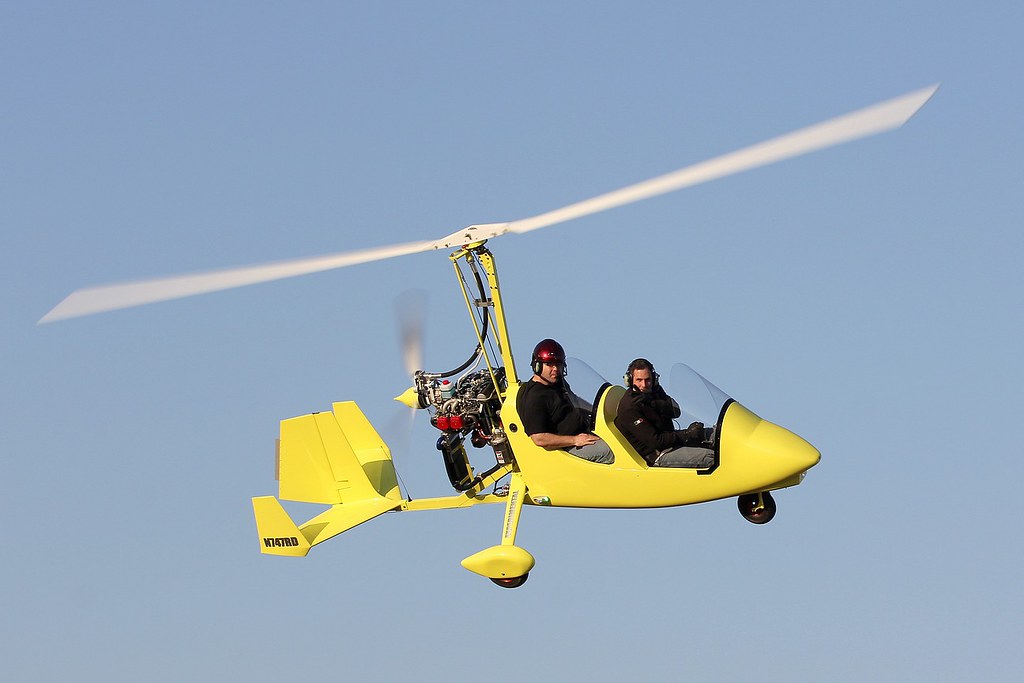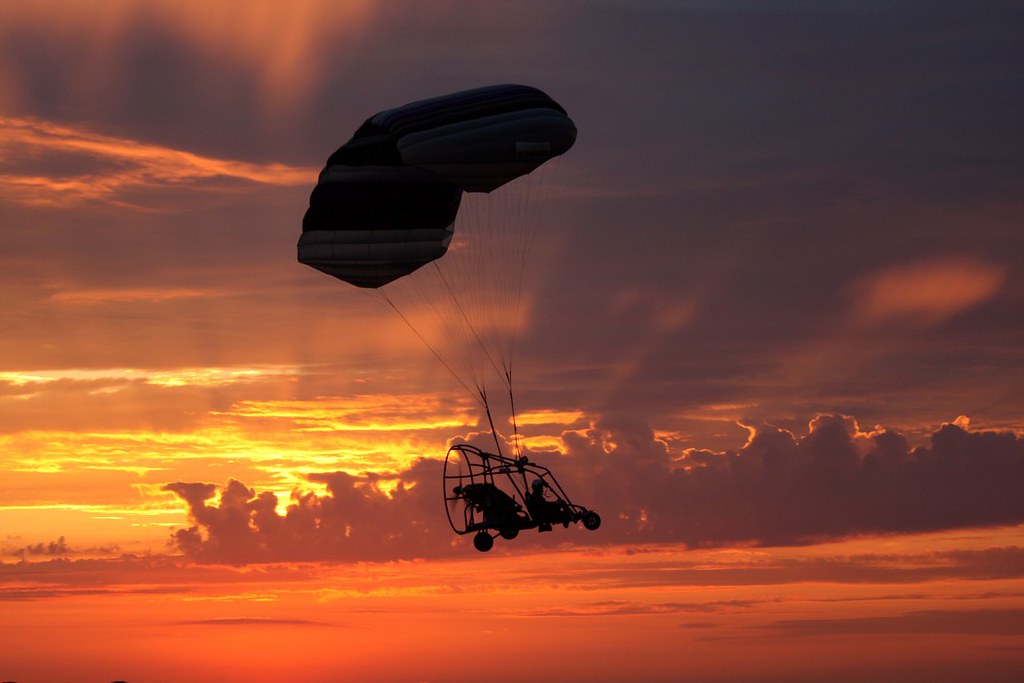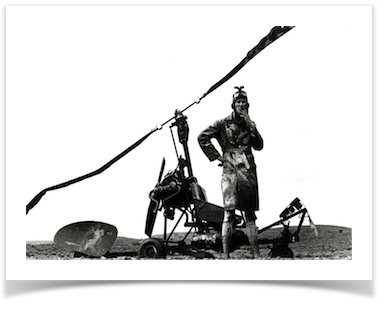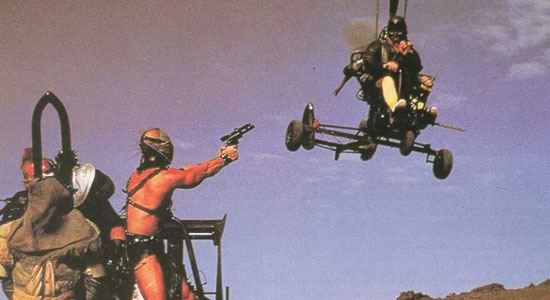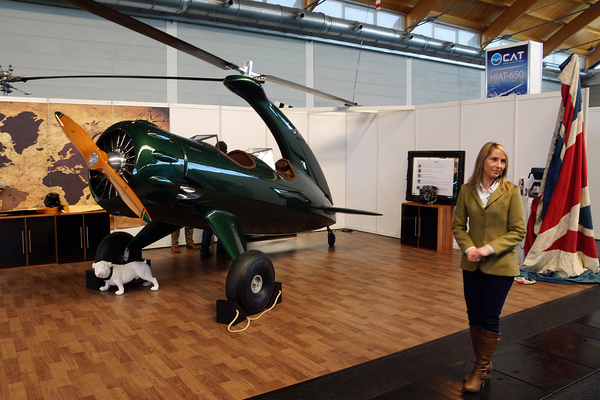The most critical issue to research for safety is called power pitch over. It presents with a significant pitch up when power is applied and leads to a serious case of pitch oscillation or it will drop speed off enough that no amount of forward cyclic will get the nose down, and they mush right into the ground. The reason is the thrust line is well below the lift loading plane of the rotor disk.
Whoa! A few misconceptions here. Those videos of untrained pilots backsliding into the ground are caused by pure, old human panic. They don't stall like a fixed-wing, but there's still a power curve, and if you're far enough on the backside of it, more back-stick is a recipe for going down, not up.
As one good friend puts it, it's not intuitive to point the nose of the aircraft at something you're trying not to hit. (In this case, the ground!)
PPO stands for Power
Push-Over, which is caused by a propeller thrustline above the center of mass. It results in a nose-down pitching force whenever power is on, and equilibrium is produced by pulling the stick back till the thrust vector of the rotor moves ahead of CG to produce a balance. Unfortunately, rotor thrust can be interrupted by air currents, and if it disappears for a second while at a high power settings, the resulting forward tumble can allow the rotor to hit the airframe.
This issue became a problem when the high-RPM VW Beetle and drone engines with their small props were displaced by Rotax two-strokes and four-stroke auto conversions with gearboxes to turn larger, slower, more efficient props. Amateur designers just used taller masts to clear the bigger props, which put the thrustline way above CG. Early machines often also lacked horizontal stabilizers, making the problem much worse.
Newer designs have solved that demon. The slick euro machines still have thrustlines a little above CG, but they're balanced with a little negative incidence on the horizontal stabilizer. The tandems also have a greater moment of inertia in the pitch axis, making it harder for them to surprise you with uncommanded pitch excursions.
A ride in a newer gyro is a revelation.
The Dominator kit gyros (like the ones in the pix from Indiana) actually place the thrustline below CG on purpose, since having the aircraft nose rise into a downdraft or lower into a thermal is a stable reaction, and intuitive reactions by pilots to the aircraft's response will always be in the corrective direction.
The simulated engine-out freaks out some fixed-wing pilots during intro flights, so be ready. If the noise quits you can descend vertically in complete control at 1200 FPM till about 300' AGL, but then the nose needs to go down steeply to maintain enough airspeed to flare. For some, it's an awesome roller coaster. For others, a laundry issue.





